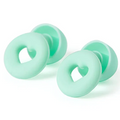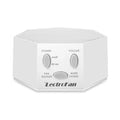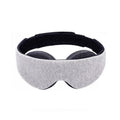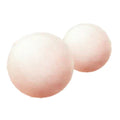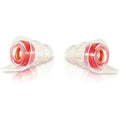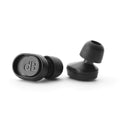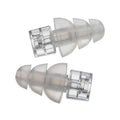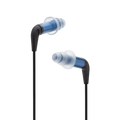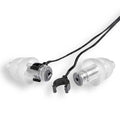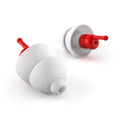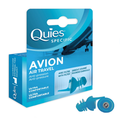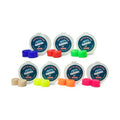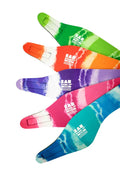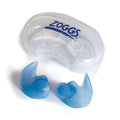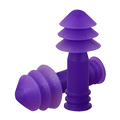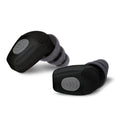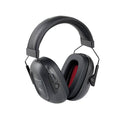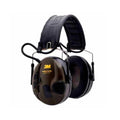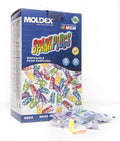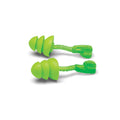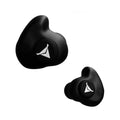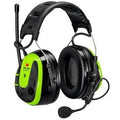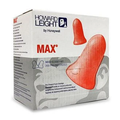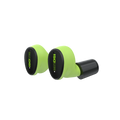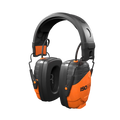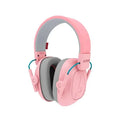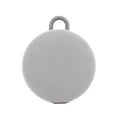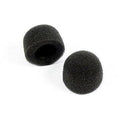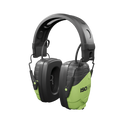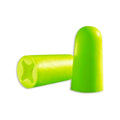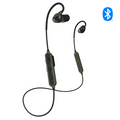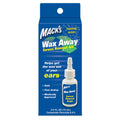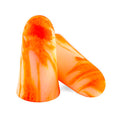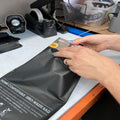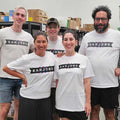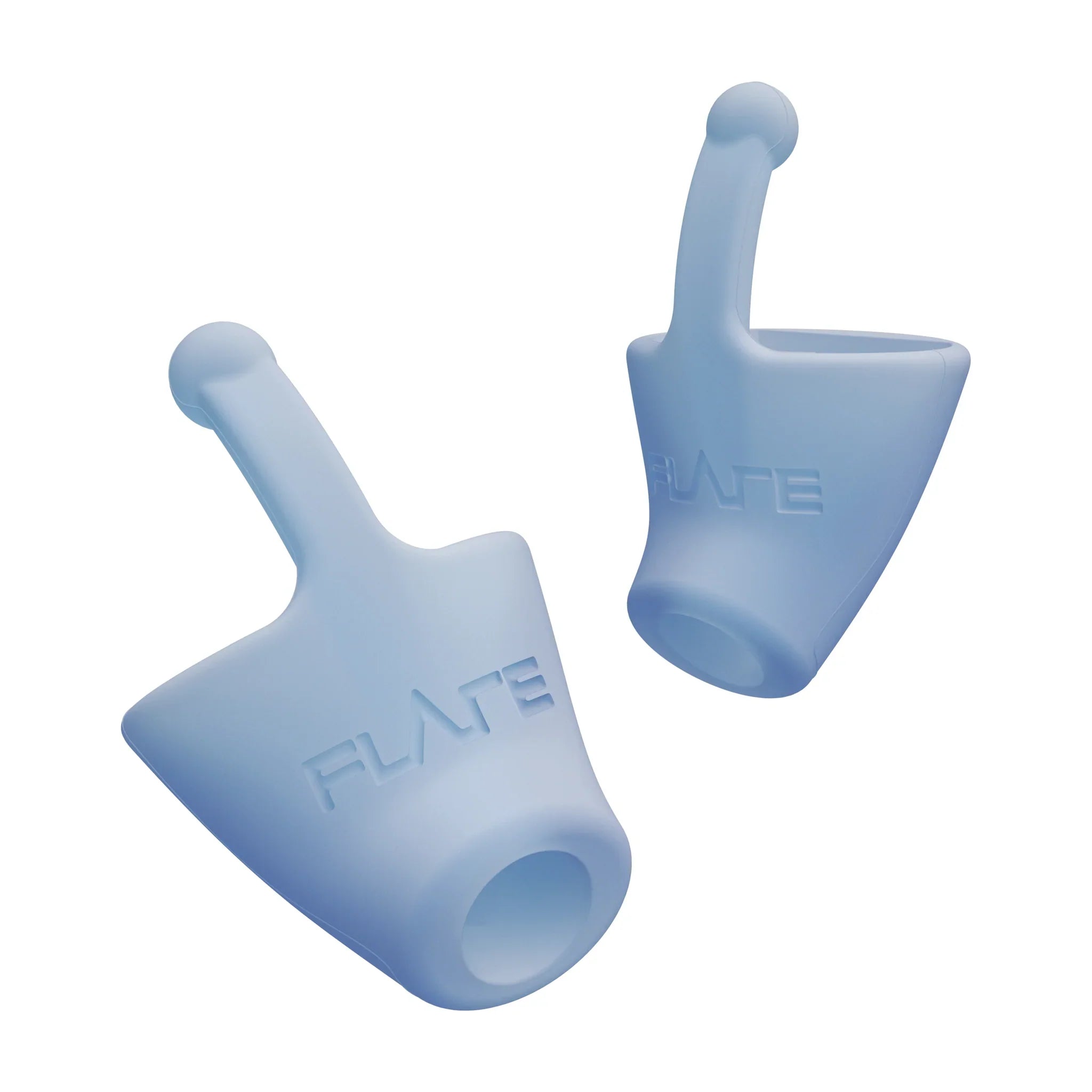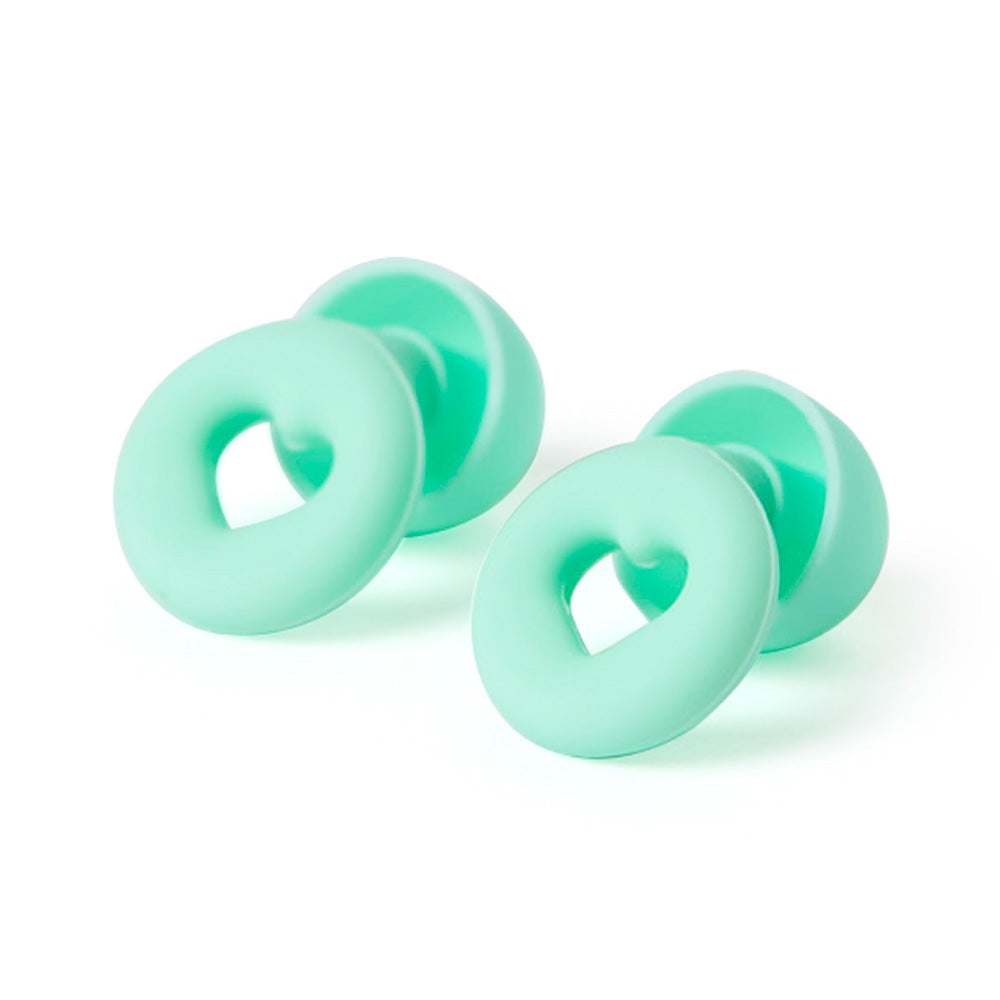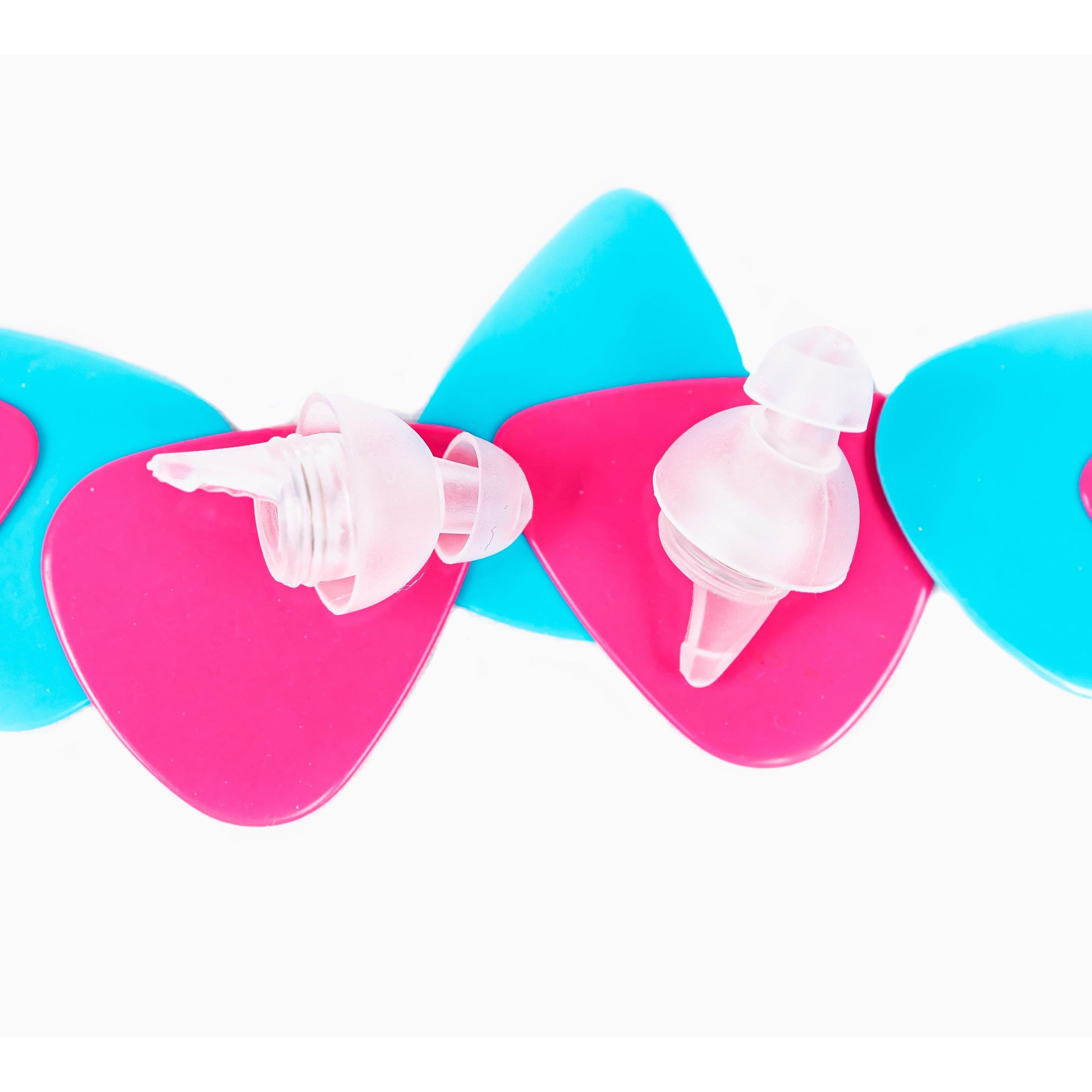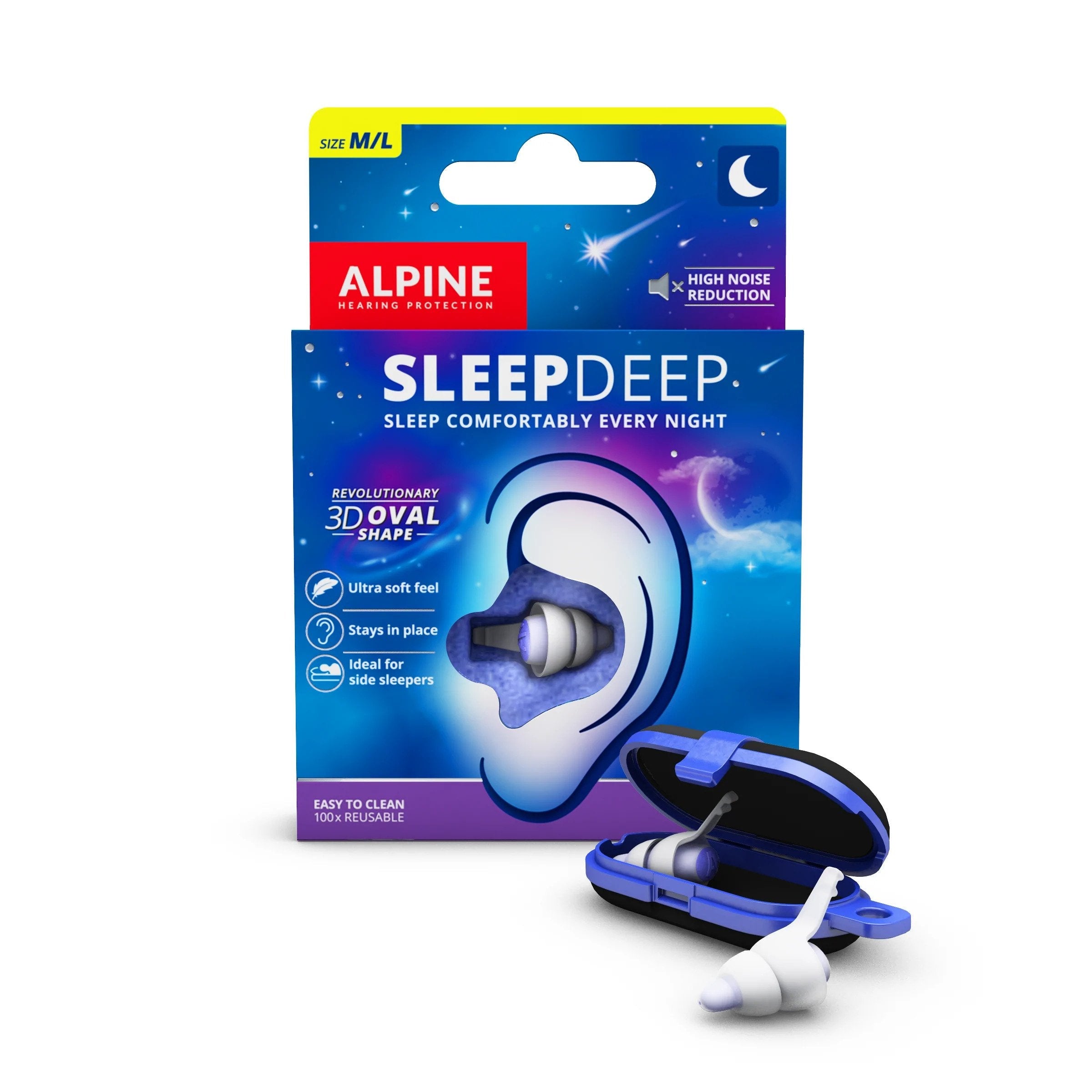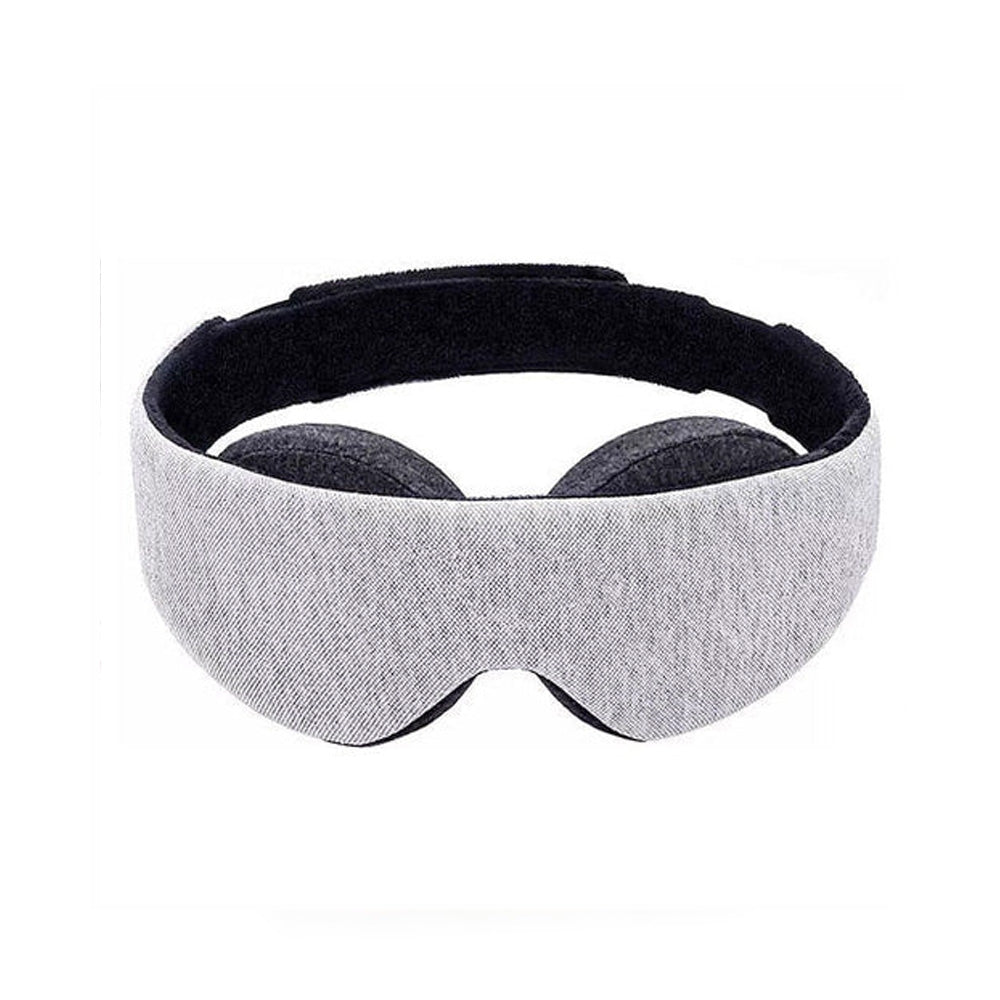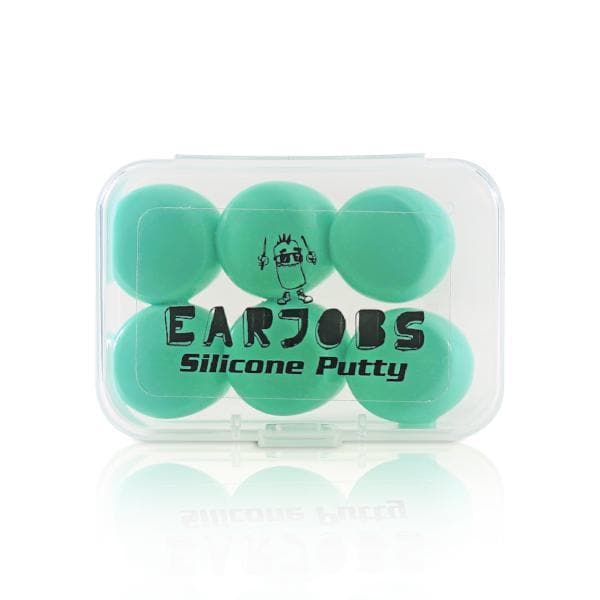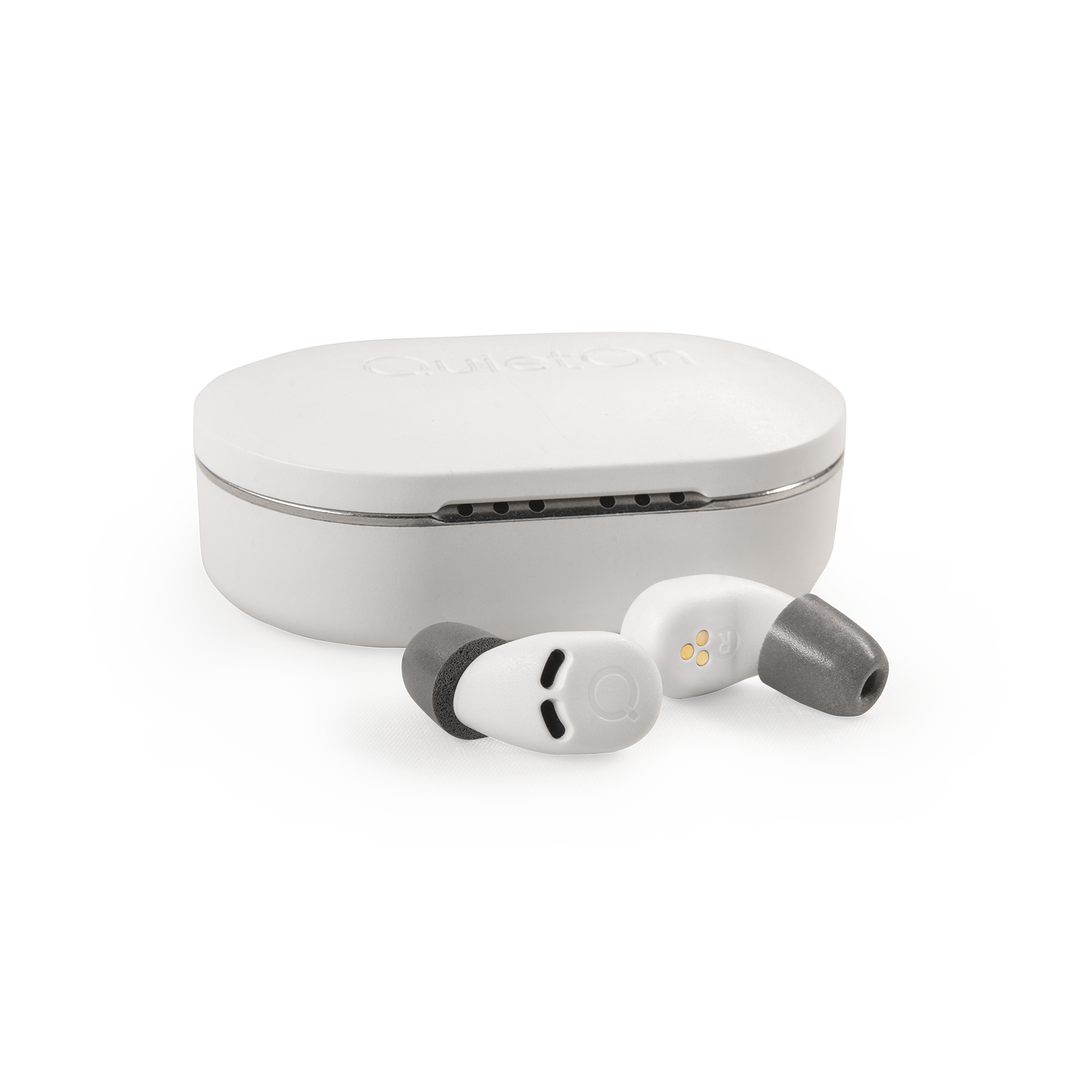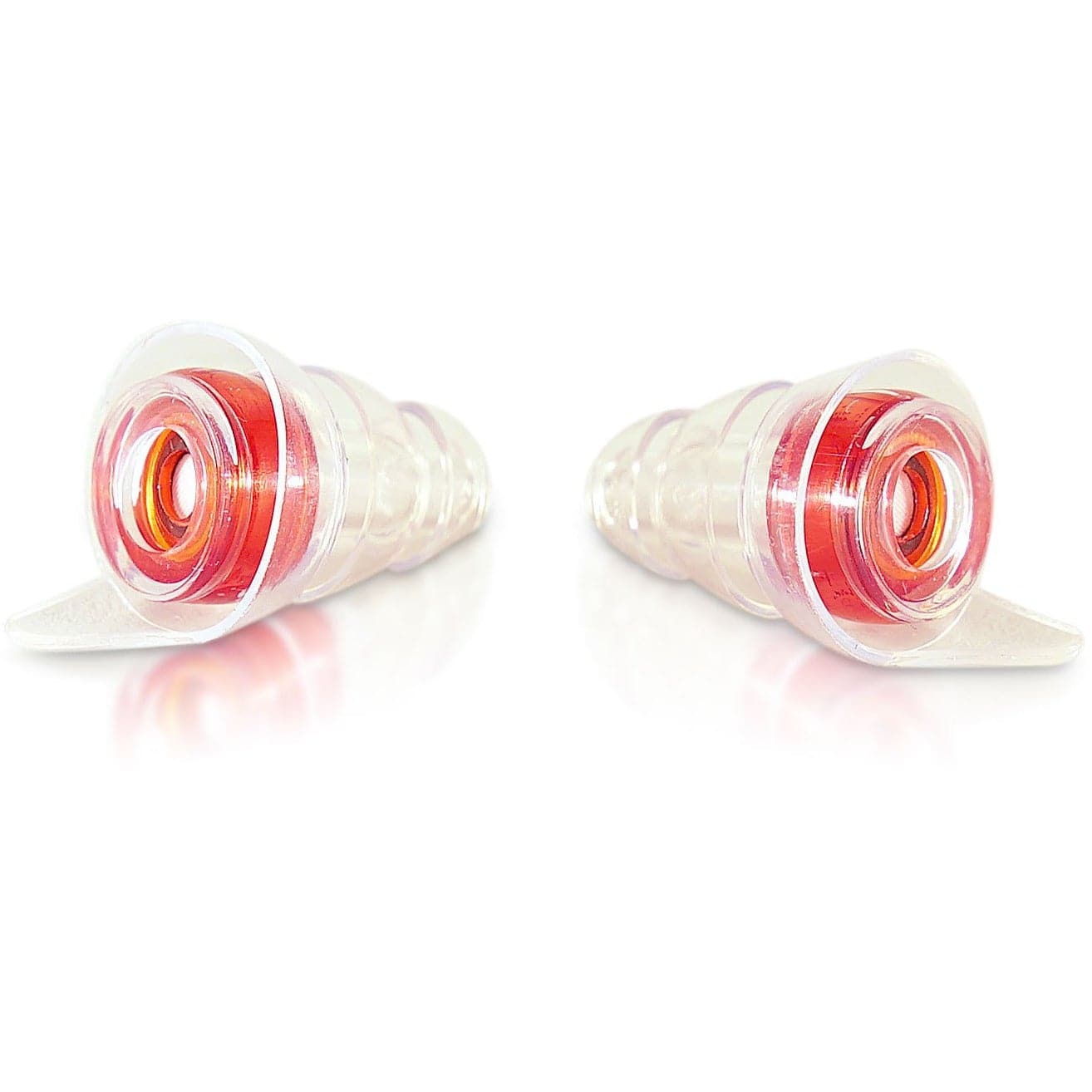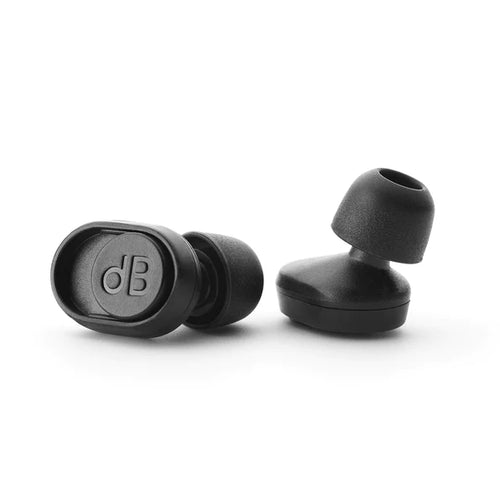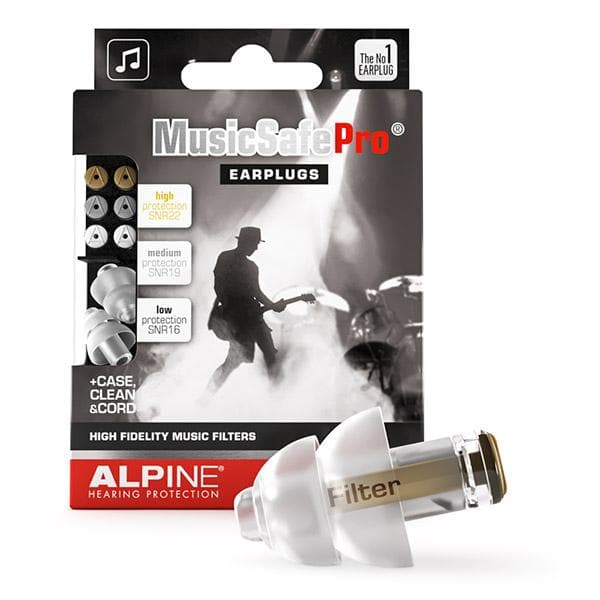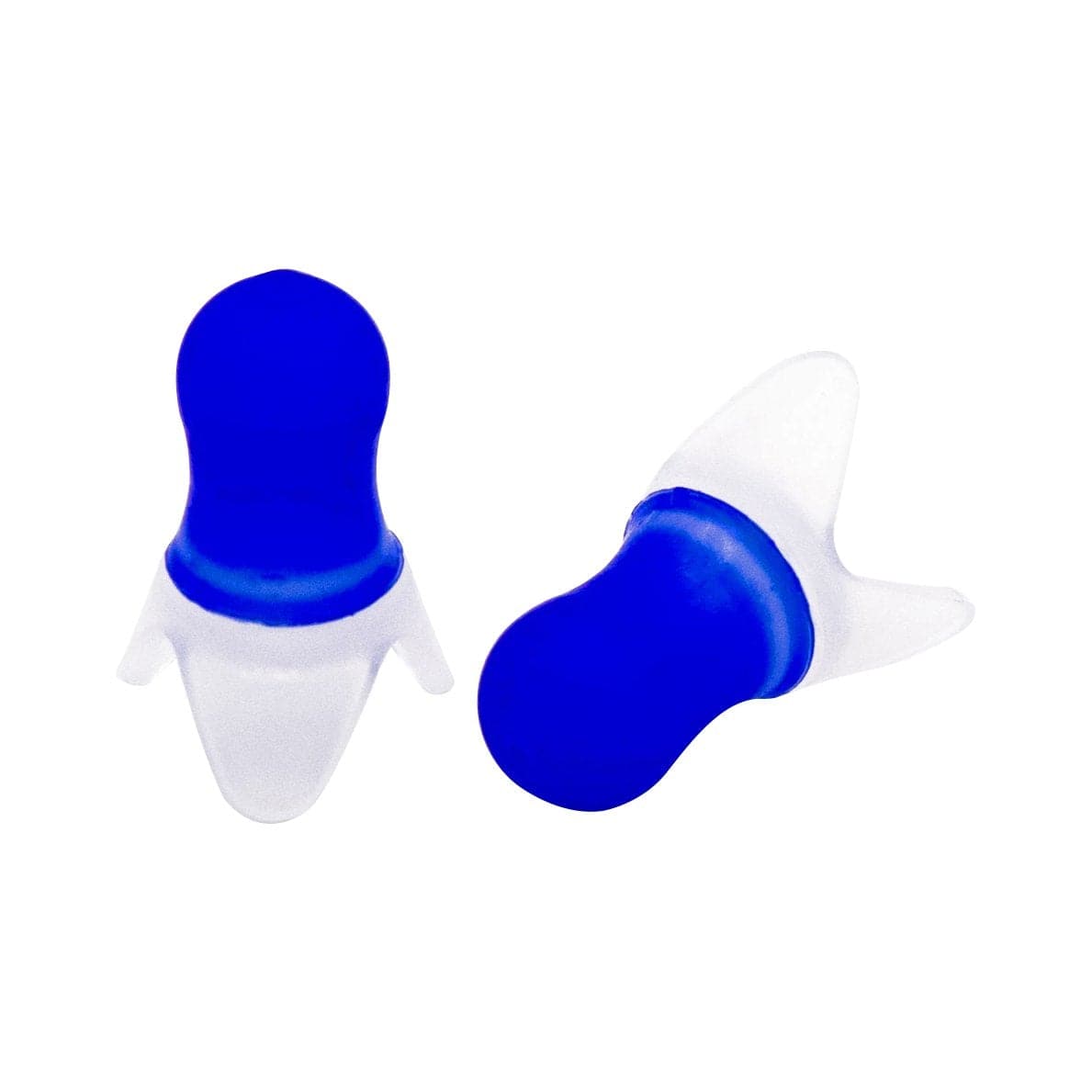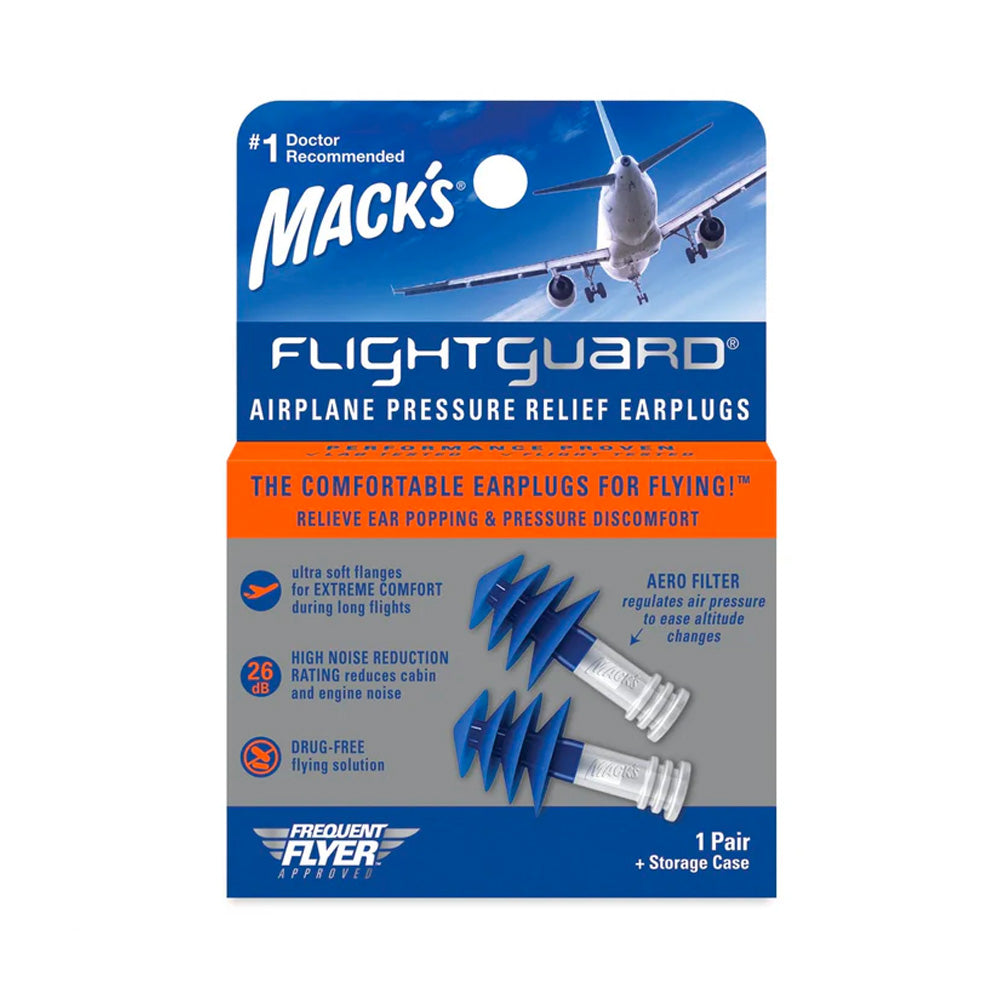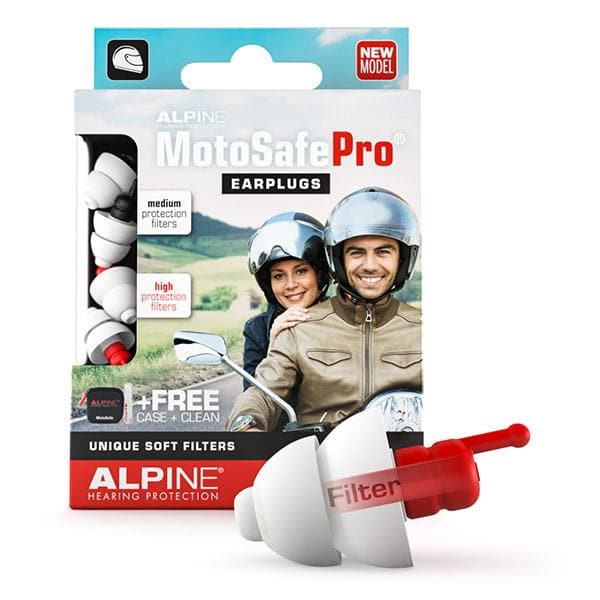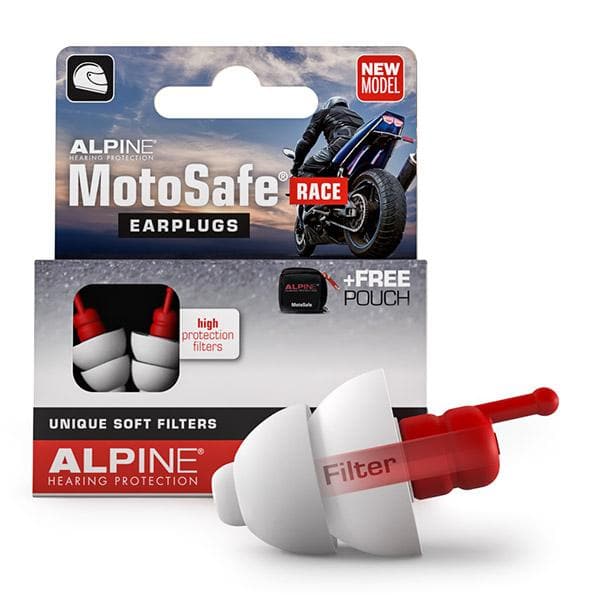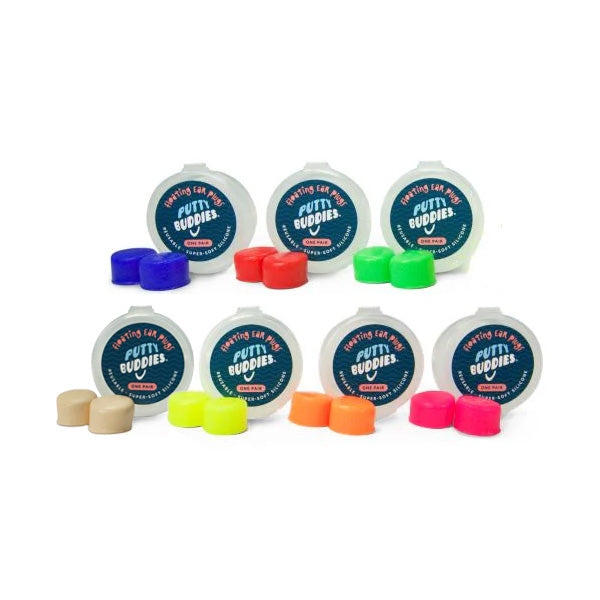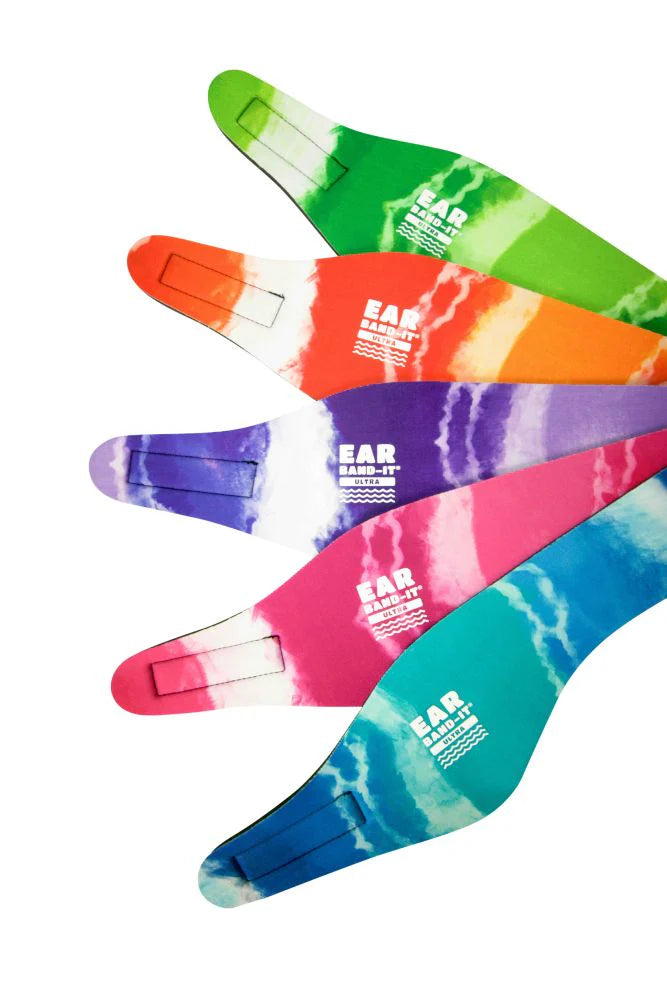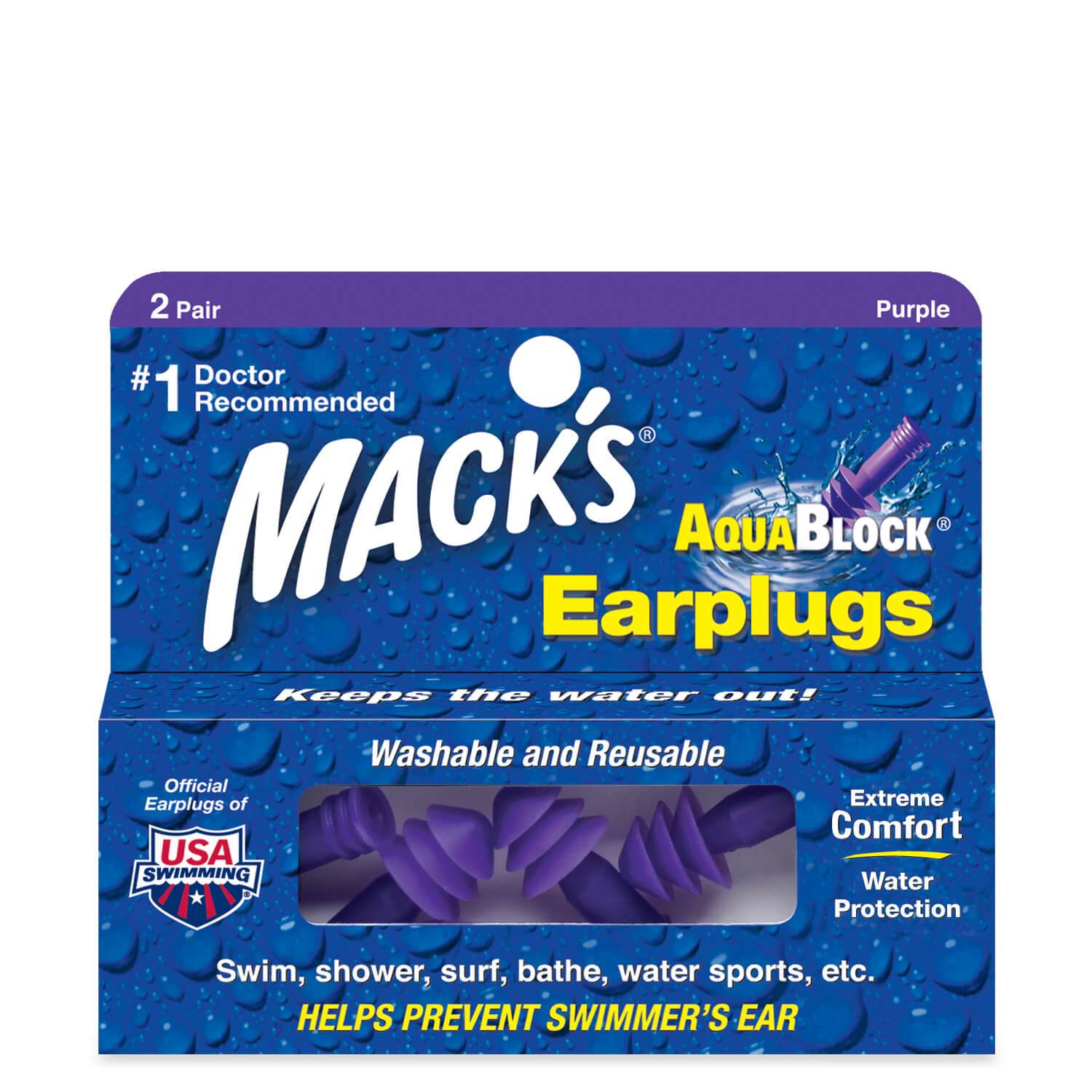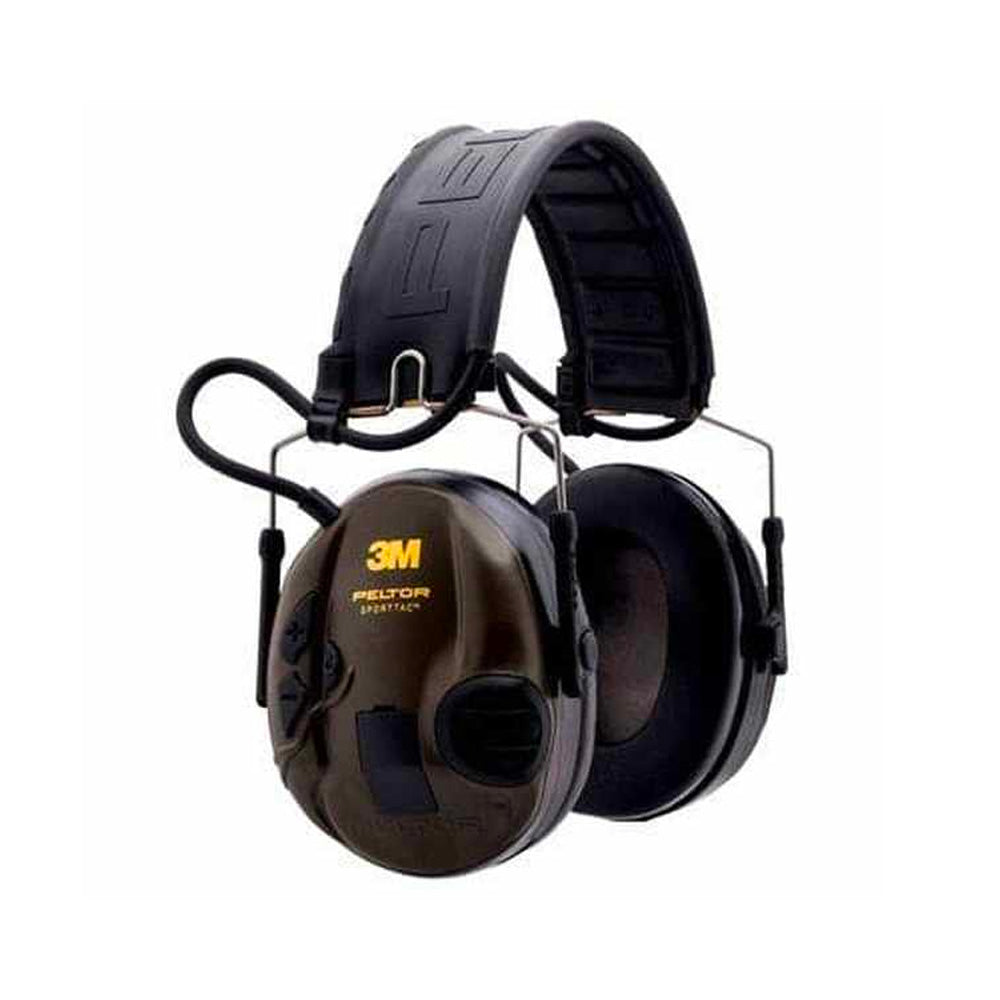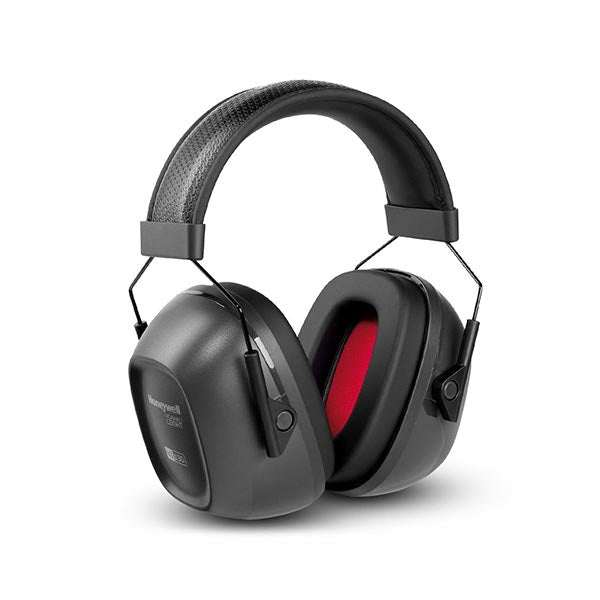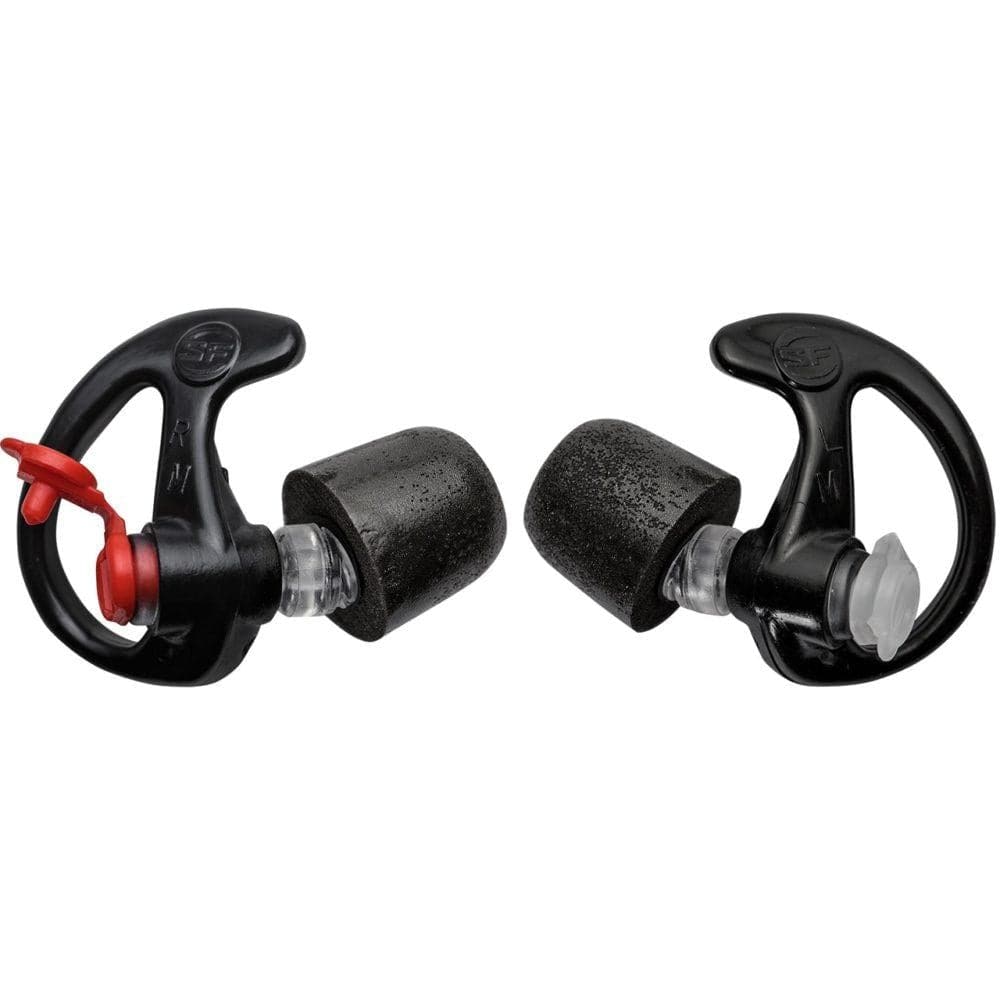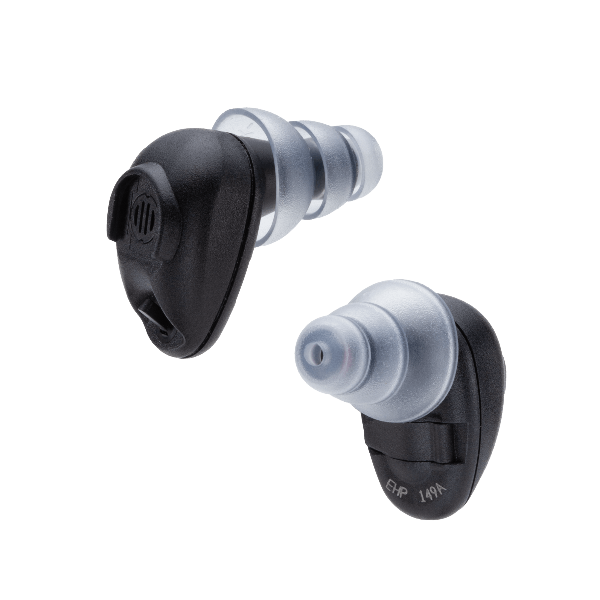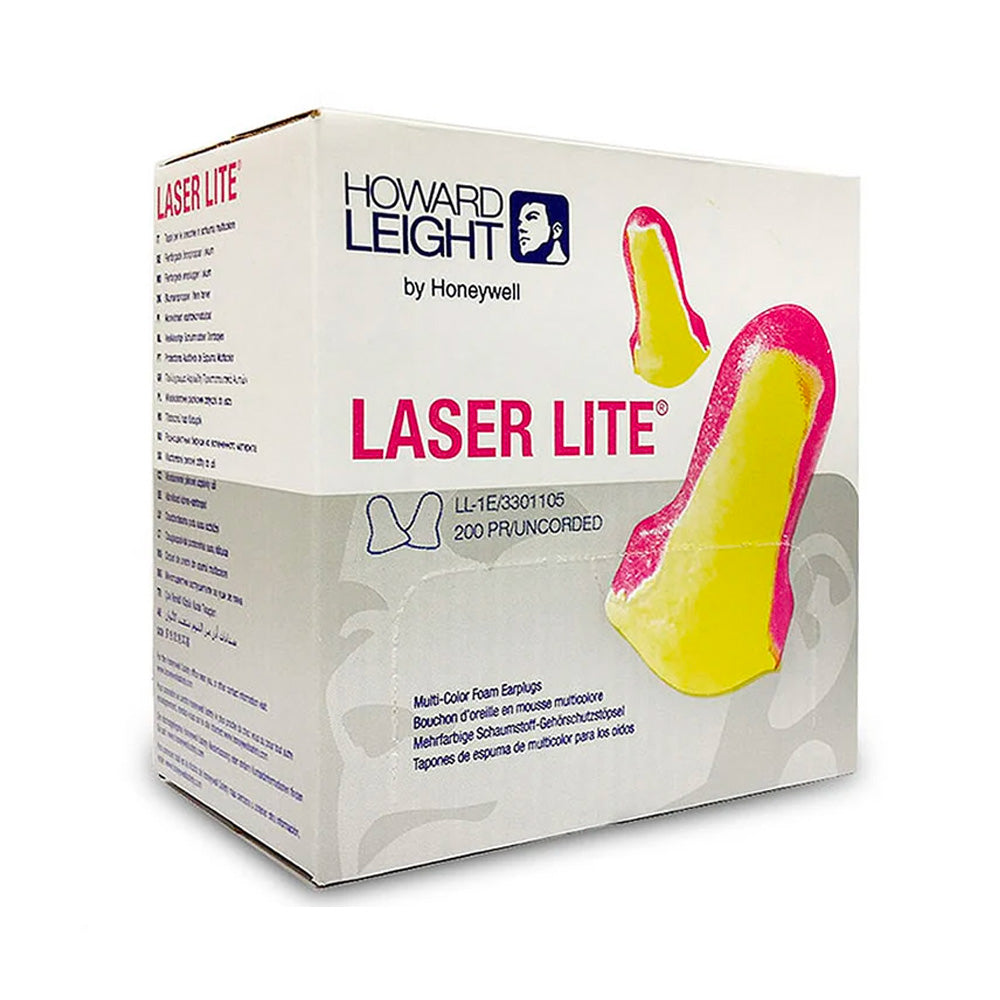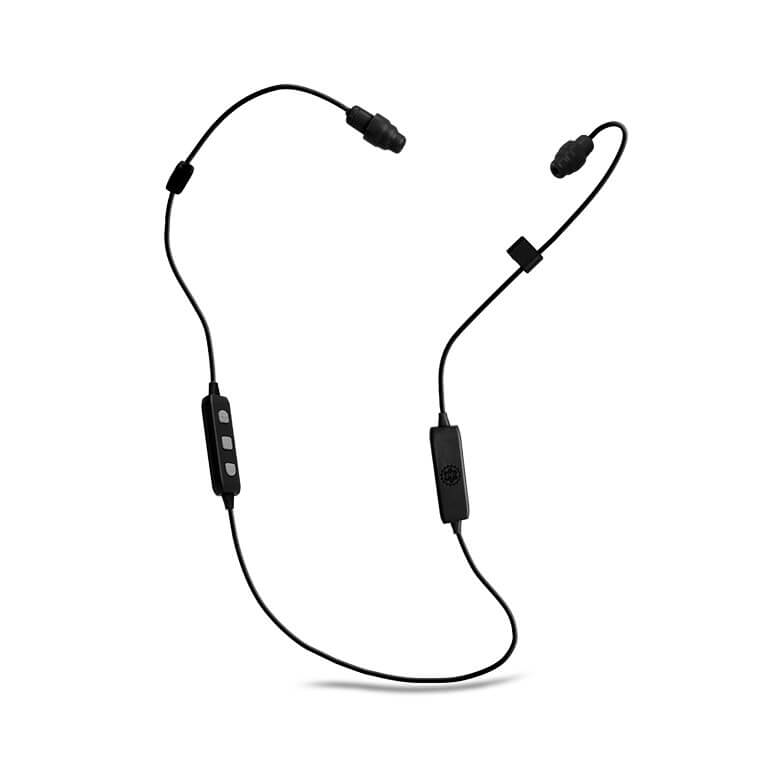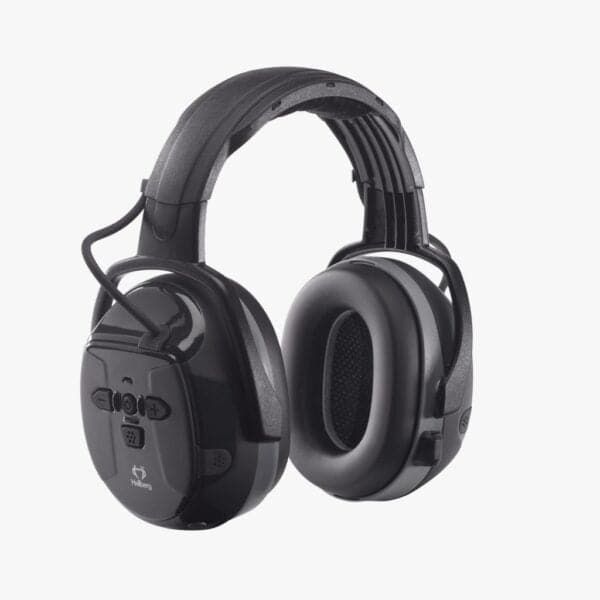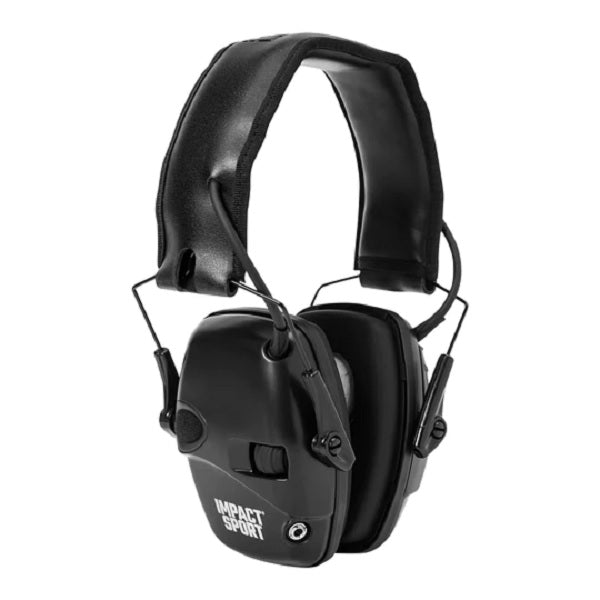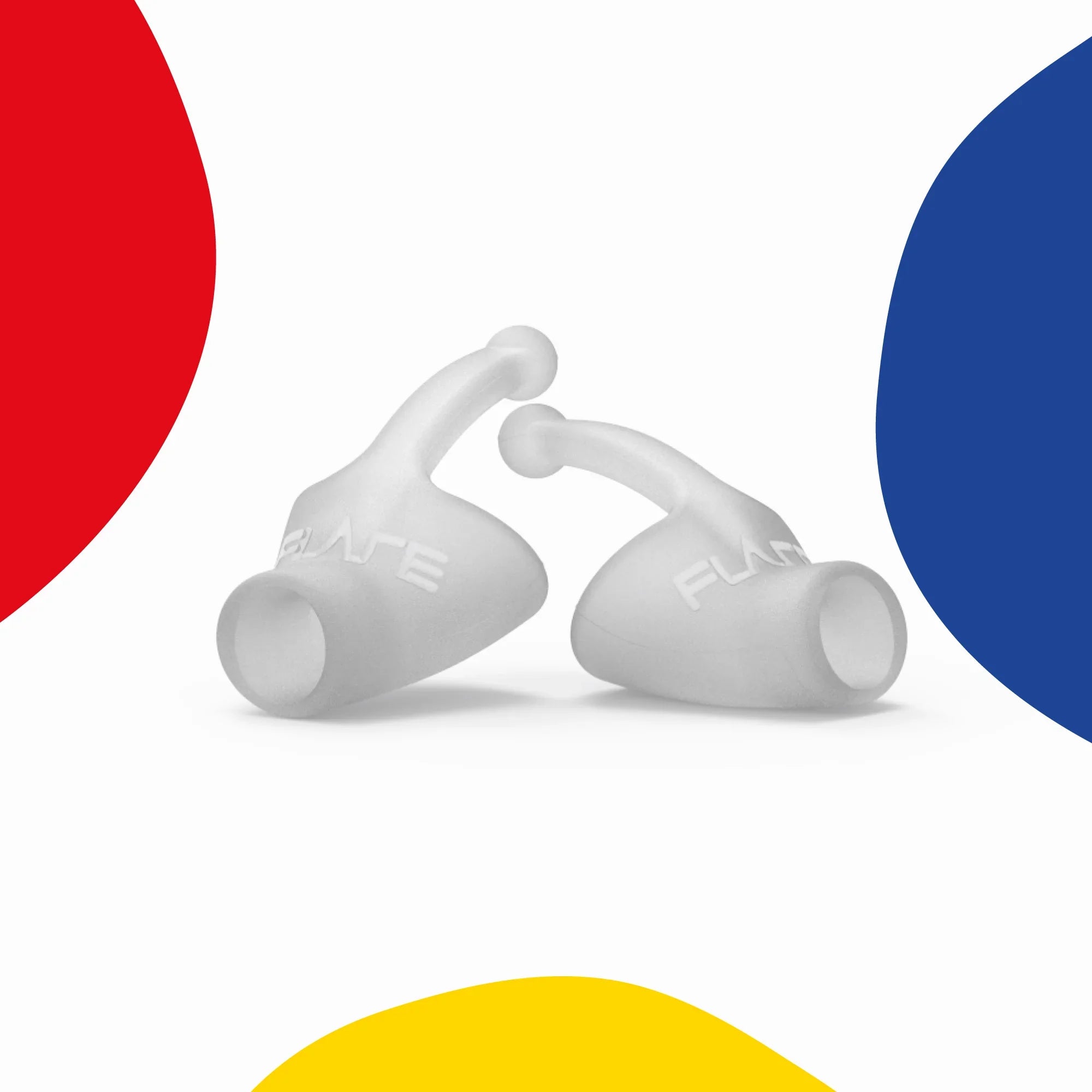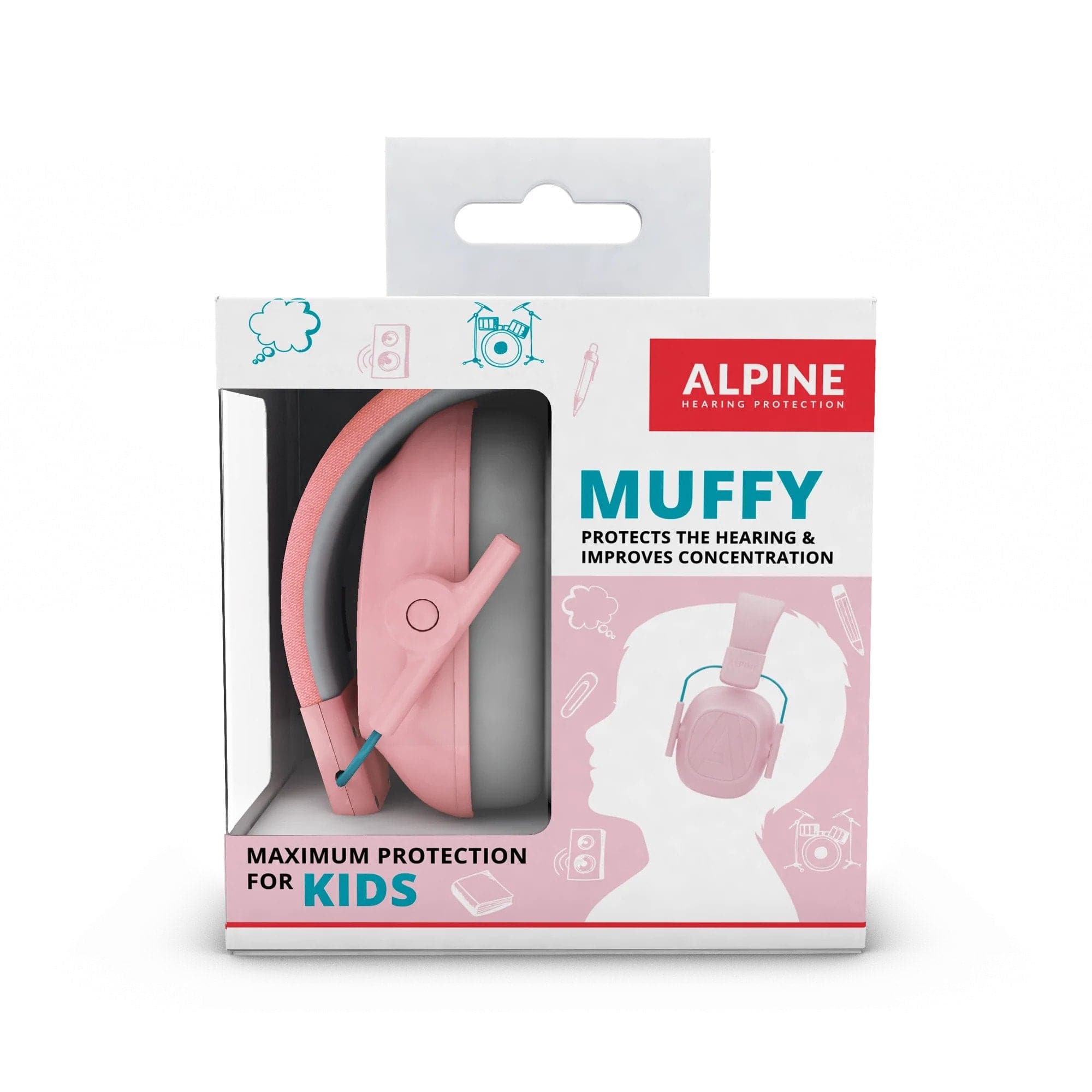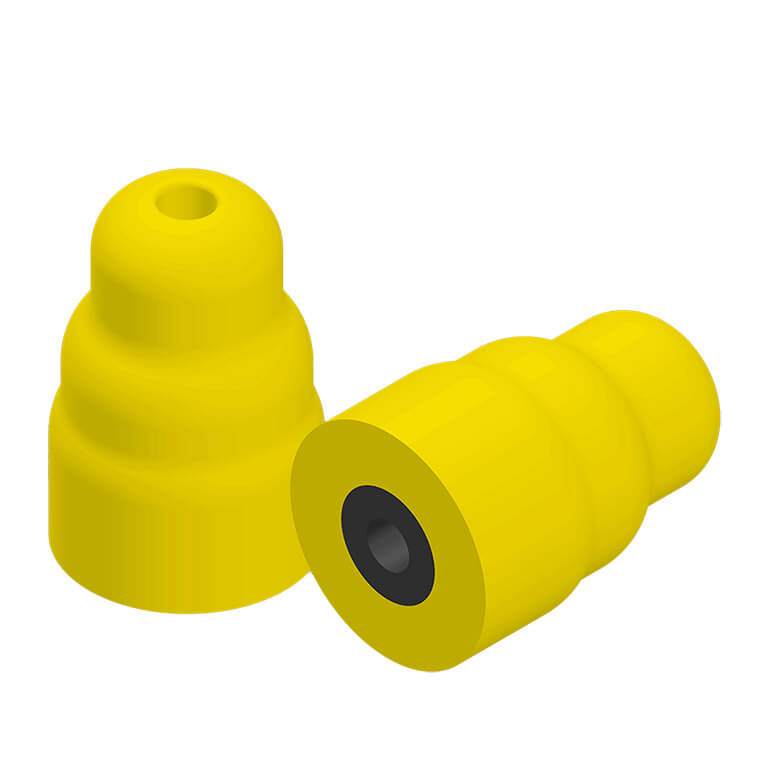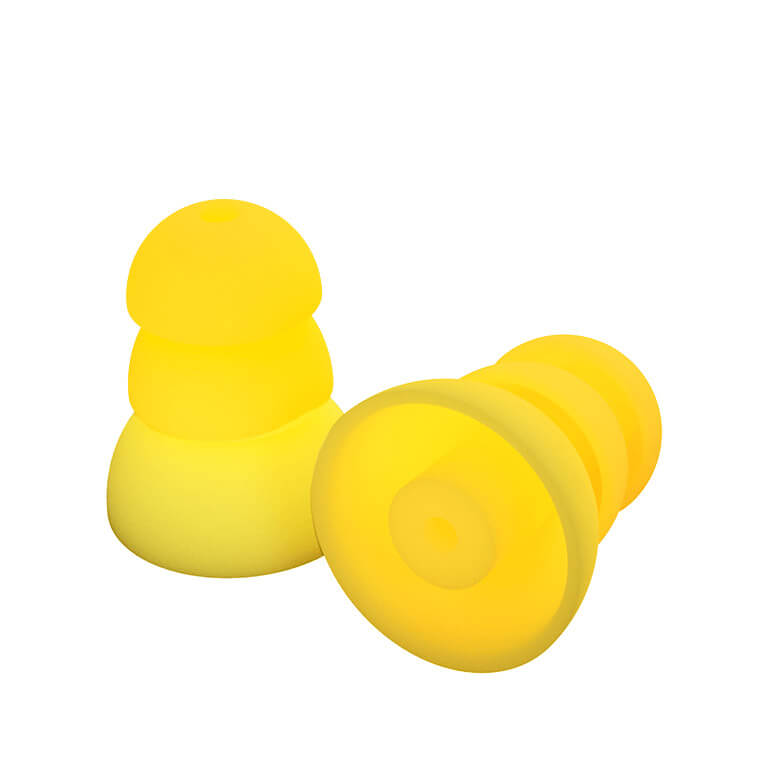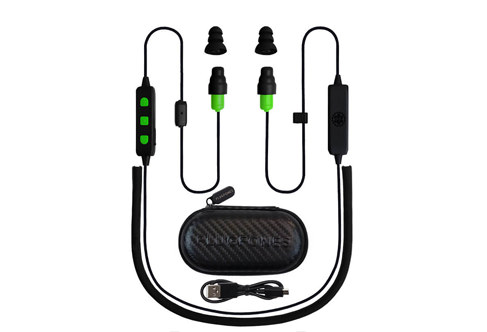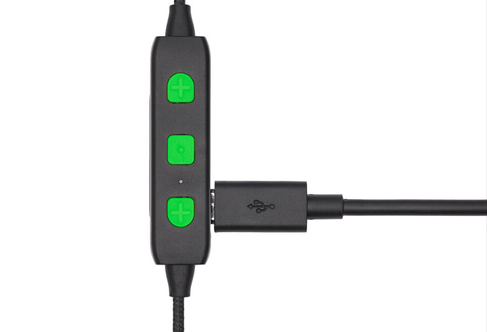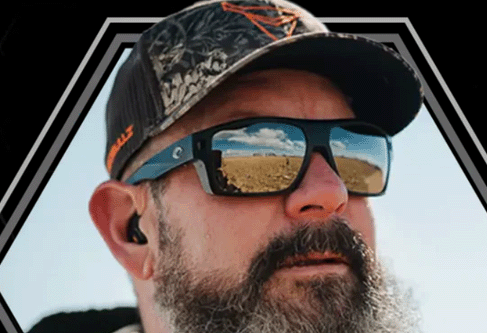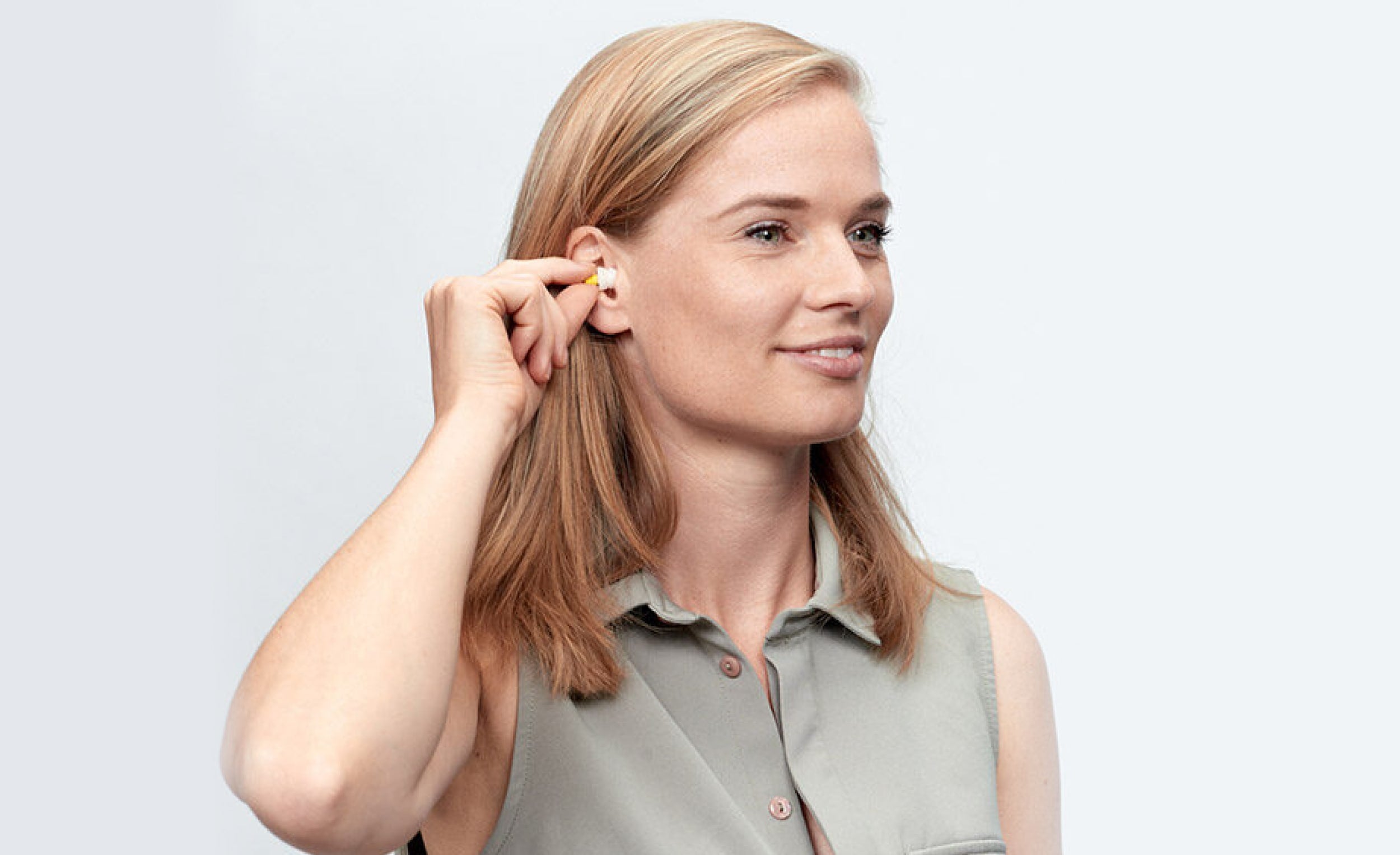Noise-isolating earbuds are far from novel, but the Plugfones FREEREIGN flips a common equation on its proverbial ear: Plugfones have engineered a product that’s earplug first, earbud second. Building on what they have learned for the past 6 years producing WIRED Plugfones, they have SEVERED the cable with Plugfones FREEREIGN. These Bluetooth 5.0 earplugs offer the same top-notch aural quality as the wired Plugfones, but without the hassle of a 3.5mm connector.
Volume Limiting (VL) Technology Available
Available only on industrial Plugfones products, WorkSafe Volume Limiting Technology keeps speaker volume below 82 dB and compliant with OSHA's max volume guidelines. The jack contains strategically placed resistors to restrict volume levels from reaching the full capabilities of the attached device.
SoundSeal™ Noise-Suppressing Technology
SoundSeal noise-suppressing technology minimizes environmental noise to give you an immersive, unparalleled listening experience. It acts as a barrier between you and everything you don't want to hear, creating an atmosphere singular to you and your music.
Bluetooth® Wireless Technology
With Bluetooth 5.0, you can listen to a Bluetooth-enabled smart device from at least 33 feet away. Some users have reported a range of over 100 feet with direct line-of-sight.
NeverOut™ Battery
Stay comfortable and protected for longer with the NeverOut Battery. Featured on wireless Plugfones, NeverOut gives you up to 12 hours of play time with a full charge.
Fast Charge
All wireless Plugfones feature Fast Charge, the technology that gets you two hours of play time for only five minutes of charging.
TuffCord™ Tear-Resistant
You work hard—and so should your earplugs. Industrial Plugfones products feature TuffCord, a flexible and tear-resistant cable that protects the wires of your favorite earplug-earbuds.
IsoTalk™ Noise Isolating Mic
The IsoTalk is a built-in noise isolating mic that helps reduce noise for phone calls. The mic identifies, isolates, and kills environmental noise so the person on the other end of the call can hear you, not what's going on around you.
Quickdraw™ Easy Access Control
Control your music and manage calls with the Quickdraw Easy Access Control. Ruggedized buttons allow you to play or pause, answer or end calls, adjust volume, progress through songs, and more.
NRR 27
An NRR of 27 means that the hearing protection is estimated to reduce noise levels by an average of 27 decibels across various frequencies.
'NRR' in hearing protection stands for 'Noise Reduction Rating,' which is a single value used to indicate the average level of noise reduction a hearing protection device provides across different frequencies, essentially telling you how much sound attenuation the earplugs or earmuffs will offer when worn correctly; the higher the NRR value, the greater the noise reduction level is considered to be.
NRR is primarily used as a rating system in North America, while Europe often uses 'SNR' (Single Number Rating) and Australia/New Zealand use 'SLC80'; which both differ slightly in calculation.
NRR 29
An NRR of 29 means that the hearing protection is estimated to reduce noise levels by an average of 29 decibels across various frequencies.
'NRR' in hearing protection stands for 'Noise Reduction Rating,' which is a single value used to indicate the average level of noise reduction a hearing protection device provides across different frequencies, essentially telling you how much sound attenuation the earplugs or earmuffs will offer when worn correctly; the higher the NRR value, the greater the noise reduction level is considered to be.
NRR is primarily used as a rating system in North America, while Europe often uses 'SNR' (Single Number Rating) and Australia/New Zealand use 'SLC80'; which both differ slightly in calculation.
SLC80 23dB
This hearing protection product complies with the Australia/New Zealand standard and has been tested in accordance with AS/NZS 1270.
It has an SLC80 rating of 23 (which in rough terms means it blocks about 23dB of noise) and is a Class 5 hearing protector.
- Class 1: SLC80 10–13 - Suitable for <90 dB noise levels
- Class 2: SLC80 14–17 - Suitable for <90-95 dB noise levels
- Class 3: SLC80 18-21 - Suitable for <95-100 dB noise levels
- Class 4: SLC80 22-25 - Suitable for <100-105 dB noise levels
- Class 5: SLC80 ≥26 - Suitable for <105-110 dB noise levels
SLC80 Explained
Under AS/NZS 1270:2002, hearing protection is tested for its Sound Level Conversion (SLC80) rating, which indicates the difference between the environmental noise and the sound reaching the wearer’s ears. This rating helps determine the appropriate Class of hearing protection for specific noise levels.
Australian and New Zealand workplaces are obligated under AS/NZS 1269.3:2005 to:
- Conduct noise level surveys to assess exposure (measured as LAeq,8h).
- Provide suitable hearing protection for workers exposed to noise above 85 dB(A).
- Ensure hearing protection is maintained and properly fitted to achieve effective attenuation.
Employers must select hearing protection suitable for the measured noise levels, ensuring compliance with occupational noise management regulations.
SLC80 22dB
This hearing protection product complies with the Australia/New Zealand standard and has been tested in accordance with AS/NZS 1270.
It has an SLC80 rating of 22 (which in rough terms means it blocks about 22dB of noise) and is a Class 5 hearing protector.
- Class 1: SLC80 10–13 - Suitable for <90 dB noise levels
- Class 2: SLC80 14–17 - Suitable for <90-95 dB noise levels
- Class 3: SLC80 18-21 - Suitable for <95-100 dB noise levels
- Class 4: SLC80 22-25 - Suitable for <100-105 dB noise levels
- Class 5: SLC80 ≥26 - Suitable for <105-110 dB noise levels
SLC80 Explained
Under AS/NZS 1270:2002, hearing protection is tested for its Sound Level Conversion (SLC80) rating, which indicates the difference between the environmental noise and the sound reaching the wearer’s ears. This rating helps determine the appropriate Class of hearing protection for specific noise levels.
Australian and New Zealand workplaces are obligated under AS/NZS 1269.3:2005 to:
- Conduct noise level surveys to assess exposure (measured as LAeq,8h).
- Provide suitable hearing protection for workers exposed to noise above 85 dB(A).
- Ensure hearing protection is maintained and properly fitted to achieve effective attenuation.
Employers must select hearing protection suitable for the measured noise levels, ensuring compliance with occupational noise management regulations.

